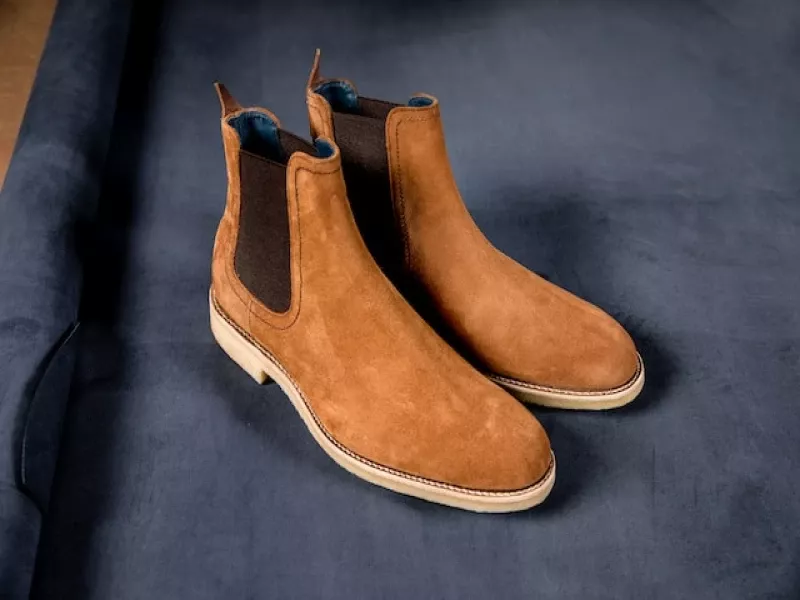
How to recognize a real leather belt
A genuine leather belt is a timeless accessory that adds style and sophistication to any outfit. The durability and natural beauty of real leather make it a popular choice for those seeking a high-quality and long-lasting belt. However, with so many synthetic and imitation leather products on the market, it can be challenging to distinguish between a genuine leather belt and a faux one. In this blog post, we will explore the key features of real leather belts and provide tips on how to recognize them.
Real leather belts are made from the hide of various animals, such as cows, sheep, or goats. The process of tanning and finishing the hide results in a material that is strong, flexible, and naturally beautiful. A genuine leather belt is an investment that, with proper care, can last for years or even decades. Knowing how to identify real leather is essential when shopping for a belt, as it ensures that you are getting the quality and durability you expect from this classic accessory.
Understanding the different types of leather
There are several types of leather, such as full-grain, top-grain, and genuine leather, each with its characteristics and qualities. Knowing the differences between these types of leather can help you better understand what to look for when shopping for a real leather belt.
Common imitation leather materials
Imitation leather materials, such as PU (polyurethane) and PVC (polyvinyl chloride), are commonly used to create faux leather belts. Being aware of these materials and their characteristics can help you differentiate between a genuine leather belt and an imitation one.
Five tips for recognizing a real leather belt
Here are five tips to help you identify a genuine leather belt:
1. Check the label
Most genuine leather belts will have a label or tag indicating that they are made of real leather. Look for terms like "genuine leather," "full-grain leather," or "top-grain leather" on the product label or packaging.
2. Examine the texture
Real leather has a natural, irregular texture, while synthetic materials often have a uniform, repeating pattern. Examine the belt's surface closely to look for the unique and irregular grain patterns that are characteristic of genuine leather.
3. Smell the belt
Genuine leather has a distinct, natural smell that is difficult to replicate in synthetic materials. Take a moment to smell the belt, and if it has a strong chemical or plastic-like odor, it is likely not made of real leather.
4. Feel the belt
Real leather is usually more flexible and supple than synthetic materials. Gently bend and flex the belt to assess its flexibility and softness. If the belt feels stiff or rigid, it may not be genuine leather.
5. Look for imperfections
Real leather often has slight imperfections, such as scars or blemishes, that are natural characteristics of the animal hide. Examine the belt for any small marks or irregularities that could indicate its authenticity.
Summary
In summary, a genuine leather belt is a durable and stylish accessory that adds sophistication to any outfit. With so many synthetic and imitation leather products on the market, it is essential to know how to identify a genuine leather belt. By understanding the different types of leather and recognizing common imitation leather materials, you can ensure that you are getting the quality and durability you expect from a real leather belt. Examining the texture, smell, and flexibility of the belt, as well as looking for any imperfections, can also help you identify a genuine leather belt. Investing in a high-quality real leather belt is a wise decision that can last for years or even decades with proper care.
Read more
Curious about more fashion tips? Check out our other blogs!
- The history of sneakers
- How to care for your jeans
- Ankle boots for women for every day
- How to polish your shoes the right way
- How to combine flat shoes with a dress or skirt
- How to pair boots with a dress
- 10 helpful tips against sweating
Get inspired, compare and purchase clothes and shoes safely and easily online at Dressed.com.
The blue belt: just a little different!
Animal print belts are hot!









